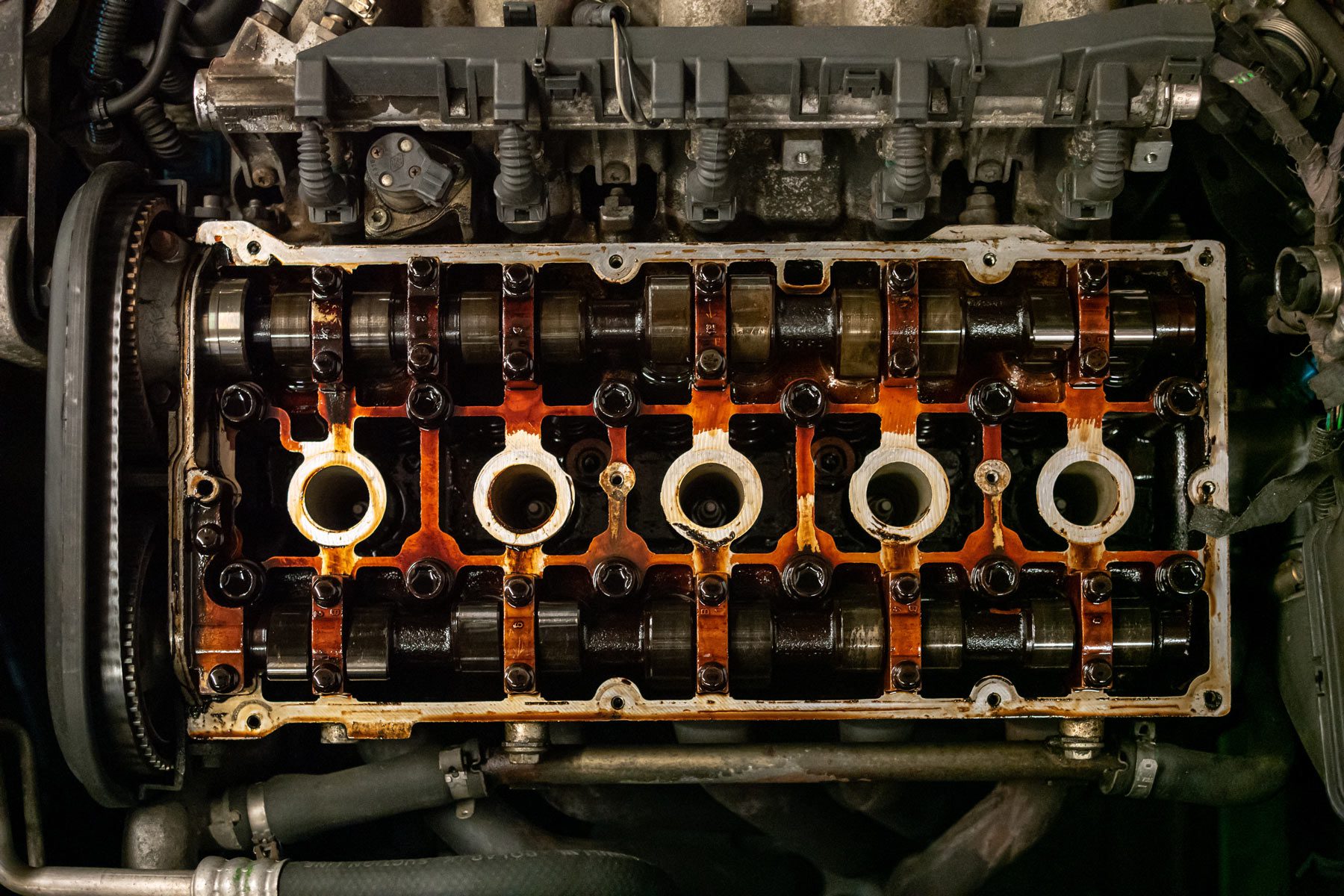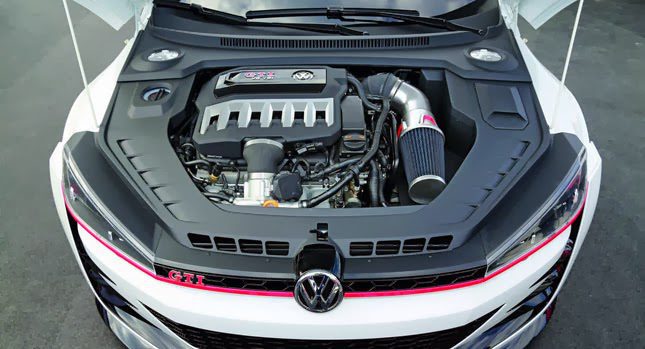Discovering the Inner Functions of a Compact Vehicle's Engine System
As vehicle drivers, we typically take for granted the complex procedures that take place within the confines of our automobile's engine system. In this expedition of a compact automobile's engine system, we will certainly decipher the internal workings of this mechanical symphony, dropping light on the enigmas that drive us forward on our everyday trips.
Burning Process Review
The burning procedure in a compact car's engine system is an essential mechanism that effectively transforms fuel right into power to power the automobile. This process happens within the combustion chamber of the engine, where gas and air mix, stir up, and generate regulated explosions. The combustion process is composed of 4 major stages: intake, power, compression, and exhaust.
Throughout the intake stage, the piston relocates downward, drawing in a mix of air and gas into the burning chamber. The following stage, compression, includes the piston moving up, pressing the air-fuel mixture to boost its potency. Subsequently, in the power phase, the trigger plug ignites the pressed mixture, leading to a quick expansion of gases that requires the piston back down. This descending movement produces the power required to drive the vehicle. Finally, in the exhaust phase, the burned gases are gotten rid of from the combustion chamber through the exhaust valve, preparing the chamber for the next cycle. This cyclic combustion procedure is essential to the procedure of a portable lorry's engine system, making certain reliable energy conversion for propulsion.
Piston and Cylinder Communication

The piston's precise fit within the cylinder is necessary for keeping optimum compression and preventing energy loss during combustion. Tight clearances in between the piston and cylinder walls ensure effective securing, enabling the piston to relocate smoothly without enabling gases to leak past. Correct lubrication is additionally crucial to minimize rubbing and wear between these parts, boosting durability and performance.
In addition, the layout and materials made use of in making the piston and cyndrical tube effect engine efficiency and sturdiness. Modern engines commonly employ light-weight yet sturdy materials like light weight aluminum alloys for pistons and cylinder linings to decrease inertia and enhance thermal effectiveness. Generally, the harmonious communication in between the piston and cyndrical tube is fundamental to the engine's capability and general performance.
Fuel Shot System Performance
Fuel shot systems in compact lorry engines play an essential function in precisely providing gas to the combustion chamber for controlled and reliable ignition. The fuel injection system operates by injecting fuel into the burning chamber at the optimal minute during the engine's procedure (opel corsa engine). This exact timing makes sure that the gas mixes uniformly with the air for proper combustion, leading to enhanced gas efficiency and lowered emissions
There are primarily 2 kinds of gas shot systems utilized in portable vehicle engines: port fuel shot (PFI) and direct fuel shot (DFI) PFI systems inject fuel right into the consumption port before the consumption valve, while DFI systems inject fuel straight into the burning chamber. Both systems have their advantages, with DFI providing far better fuel atomization and PFI supplying an extra cost-effective service.
Recognizing Engine Cooling Devices
Effective procedure of a compact automobile's engine counts greatly on the effectiveness of its cooling mechanisms. Engine cooling is vital to protect against getting too hot, which can lead to major damage and decreased performance. The cooling system in a small lorry generally is composed of several components interacting to manage the engine temperature level. One critical part is the radiator, which utilizes coolant to take in warmth from the engine. As the warm coolant flows through the radiator, it releases heat right into the air, cooling down before returning to the engine. The water pump circulates the coolant through the engine and radiator, guaranteeing a constant circulation to manage temperature level. In addition, the thermostat aids regulate the coolant circulation to keep ideal engine temperature level. Some vehicles also have cooling down followers that turn on when extra cooling is needed, such as throughout rush hour or warm weather condition. Comprehending these engine cooling systems is crucial for preserving the performance and longevity of a portable explanation vehicle's engine system.

Exhaust System Elements Explained
The ideal functioning of a compact lorry's engine air conditioning mechanisms relies on a corresponding system referred to as the exhaust system, which consists of different important components for making certain effective exhausts and engine why not find out more performance. The exhaust system consists of components such as the exhaust manifold, catalytic converter, muffler, and tailpipe. The exhaust manifold accumulates exhaust gases from the engine's cylinders and courses them to the catalytic converter. The catalytic converter after that converts unsafe toxins in the exhaust right into less harmful exhausts prior to releasing them with the muffler and tailpipe.
One important element of the exhaust system is the oxygen sensing unit, which monitors the oxygen degrees in the exhaust gases to aid control fuel usage and make sure optimum engine performance. opel corsa engine. In addition, the resonator may be present in some exhaust systems to decrease noise levels. On the whole, the exhaust system plays a crucial function in keeping engine performance, reducing dangerous exhausts, and ensuring a quieter driving experience for compact lorry owners

Verdict
Finally, the small automobile's engine system is an intricate combination of components that collaborate to assist in the burning procedure, convert fuel right into energy, and remove waste gases. Understanding the internal workings of the engine system, including the piston and cylinder interaction, gas injection system, engine air conditioning mechanisms, and exhaust system elements, is critical for maintaining optimum performance and effectiveness of the lorry.
The burning procedure in a small automobile's engine system is a crucial system that successfully transforms gas into power to power the lorry.Fuel injection systems in small automobile engines play content a vital function in exactly supplying fuel to the combustion chamber for effective and regulated ignition.There are primarily two types of fuel injection systems made use of in portable vehicle engines: port fuel injection (PFI) and straight gas shot (DFI) Understanding these engine cooling systems is important for preserving the efficiency and longevity of a compact car's engine system.
The ideal performance of a portable lorry's engine air conditioning systems depends on a complementary system understood as the exhaust system, which consists of numerous vital elements for making certain effective exhausts and engine performance.